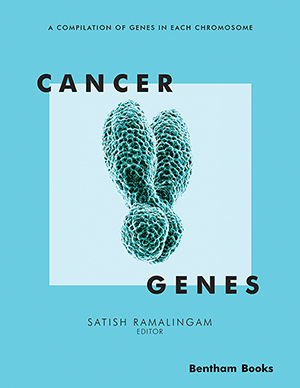Abstract
Introduction: This study aimed to explore the expression profiles of fatty acid metabolism- related genes (FAMRGs) in patients with bladder cancer (BLCA).
Methods: The corresponding clinicopathological features of BLCA patients and RNA sequencing data were downloaded from TCGA and GSE13507. Univariate Cox regression was used to determine the prognostic value of FRGS in BLCA patients. LASSO regression analysis was then performed to select potential risk genes and eliminate genes that might overfit the model. Based on the independent prognostication-related FRGs, the nomogram survival model was established using the root mean square value of the R packet to predict the 1-year, 3-year, and 5-year survival rates of BLCA patients. By determining the area under the curve (AUC) value, the time-dependent receiver operating characteristic curve (ROC) was used to evaluate the prognostic efficiency of our model.
Results: A total of 243 DEFRGs were identified. Twenty FRGs were found to be related to the prognosis of BLCA in the TCGA database. Survival curves showed that high-risk patients had significantly shorter OS than low-risk cases (p < 0.001). The AUC of risk was 0.784, which was superior to age, sex, and stage, suggesting that the risk score was more favorable in predicting OS than traditional pathologic prognostic factors. The AUC was 0.757 at 1 year, 0.732 at 3 years, and 0.733 at 5 year-OS.
Conclusion: In this study, we demonstrated that a FAMRG prognosis biomarker is associated with the tumor immune microenvironment in patients with BLCA.
Keywords: BLCA, fatty acid metabolism-related genes, survival, immune cells, tumor, infiltration.
[http://dx.doi.org/10.3322/caac.21660] [PMID: 33538338]
[http://dx.doi.org/10.1001/jama.2020.17598] [PMID: 33201207]
[http://dx.doi.org/10.1097/JU.0000000000000593] [PMID: 31609178]
[http://dx.doi.org/10.1016/j.eururo.2020.03.055] [PMID: 32360052]
[http://dx.doi.org/10.2174/138920208785133235] [PMID: 19517027]
[http://dx.doi.org/10.1056/NEJMra0907178] [PMID: 21268726]
[http://dx.doi.org/10.5858/arpa.2018-0329-RA] [PMID: 30672335]
[http://dx.doi.org/10.1016/j.cmet.2020.07.008] [PMID: 32768387]
[http://dx.doi.org/10.1038/s41422-020-0372-z] [PMID: 32669607]
[http://dx.doi.org/10.1007/s13238-019-0618-z] [PMID: 30887444]
[http://dx.doi.org/10.1038/s41392-018-0011-z] [PMID: 29610678]
[http://dx.doi.org/10.1016/j.addr.2020.07.013] [PMID: 32711004]
[http://dx.doi.org/10.1126/sciadv.abd6449] [PMID: 33514548]
[http://dx.doi.org/10.1186/s12943-015-0481-3] [PMID: 26739333]
[http://dx.doi.org/10.1038/s41416-019-0650-z] [PMID: 31819192]
[http://dx.doi.org/10.1038/s41568-021-00388-4] [PMID: 34417571]
[http://dx.doi.org/10.1038/nrc.2016.89] [PMID: 27658529]
[http://dx.doi.org/10.1016/j.cmet.2019.11.010] [PMID: 31813823]
[http://dx.doi.org/10.1073/pnas.0506580102] [PMID: 16199517]
[http://dx.doi.org/10.1038/nmeth.3337] [PMID: 25822800]
[http://dx.doi.org/10.1016/j.cell.2011.02.013] [PMID: 21376230]
[http://dx.doi.org/10.1016/j.cmet.2013.05.017] [PMID: 23791484]
[http://dx.doi.org/10.1016/j.pharmthera.2017.03.007] [PMID: 28322972]
[http://dx.doi.org/10.7150/jca.42669] [PMID: 32626511]
[http://dx.doi.org/10.3892/ijmm.2014.2041] [PMID: 25516145]
[PMID: 11160641]
[http://dx.doi.org/10.1158/1078-0432.CCR-04-2545] [PMID: 16115918]
[PMID: 18214058]
[http://dx.doi.org/10.1038/s41598-021-85188-4] [PMID: 33692504]
[PMID: 12702555]
[http://dx.doi.org/10.1007/s12253-011-9478-4] [PMID: 22109564]





























